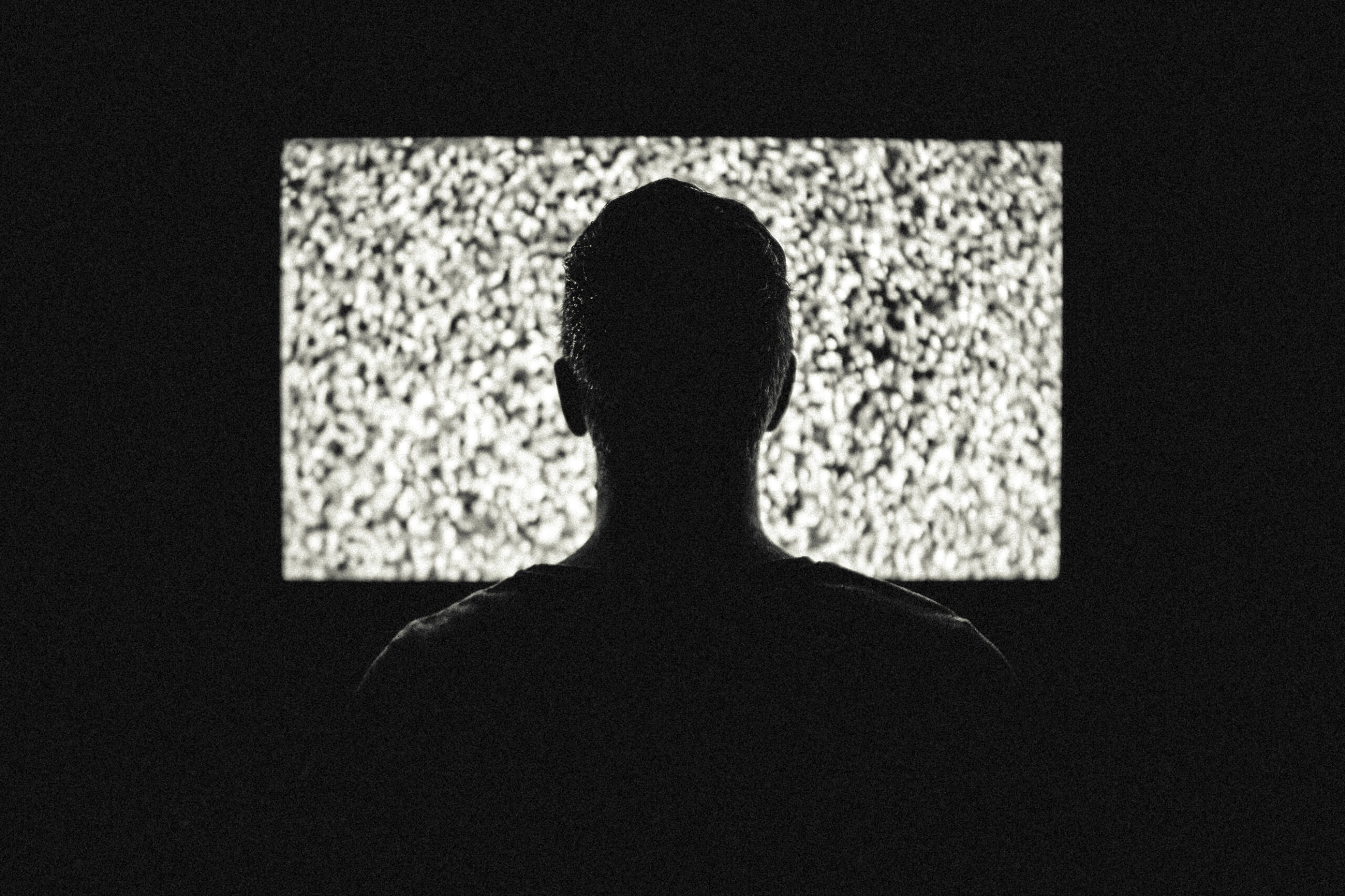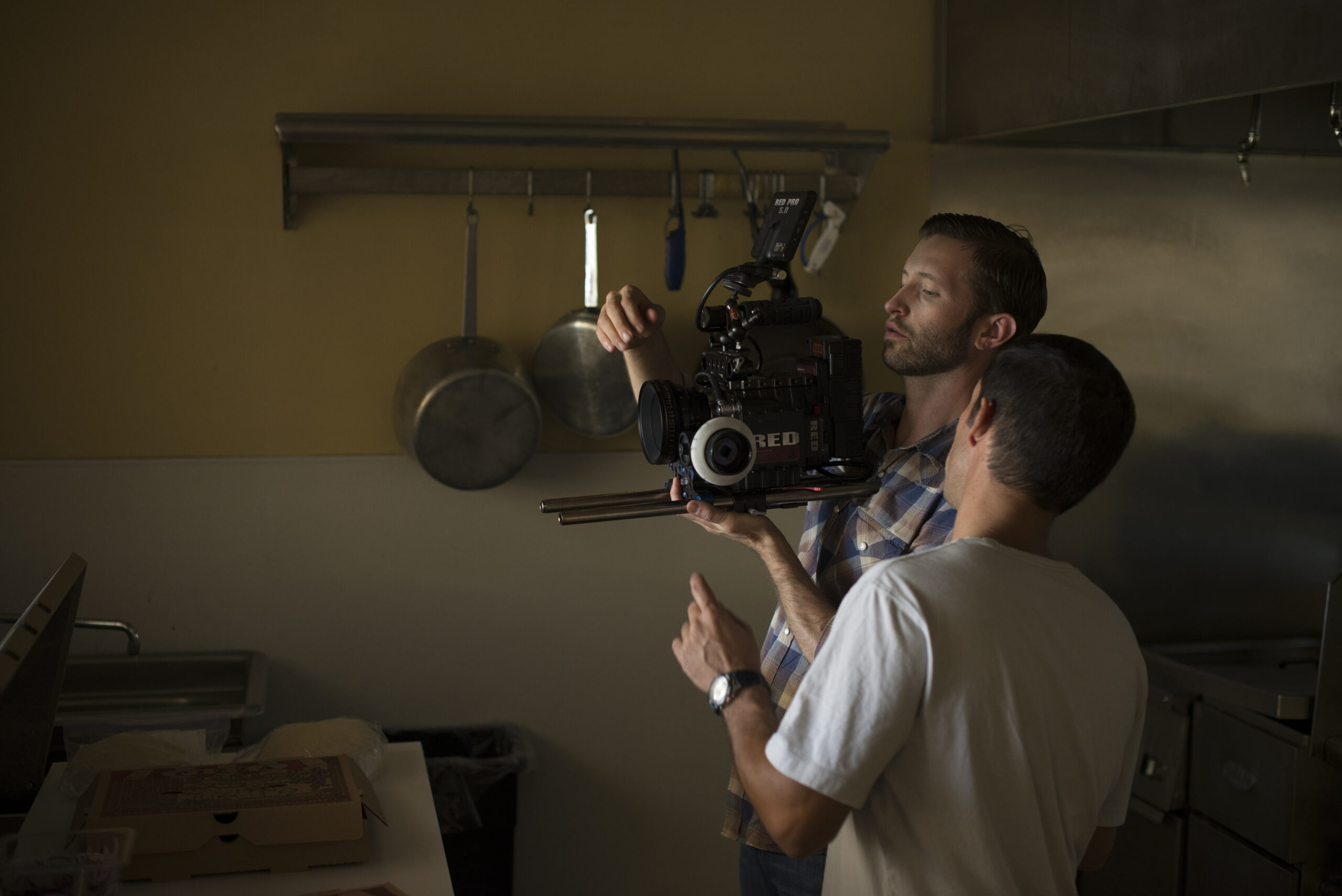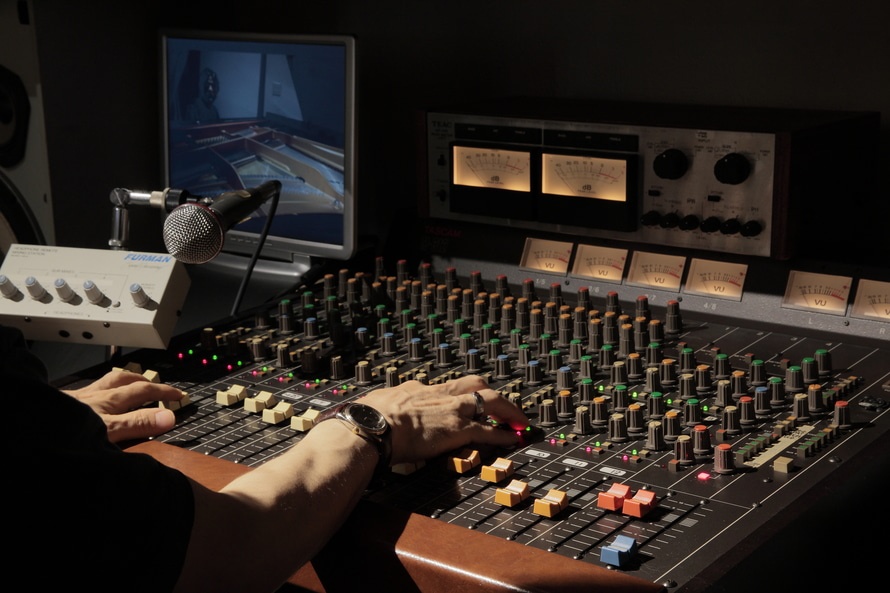Every person dreaming of becoming a professional filmmaker had that same special moment: You were watching perhaps one of your favorite films of all time when suddenly you thought, “I want to make movies too.”
Of course, not everyone who has this moment actually ends up following through with their goal. This is because anyone can see a great movie and think they can make something just as good, if not better. But the reality is that filmmaking requires dedication, hard work, and a great deal of problem-solving. First-time filmmakers must grapple with this reality, and not let the challenges of filmmaking overcome its rewards.
To help first-time filmmakers through their challenges and joys on the set of their first movie, we’ve rounded up some helpful advice on some of the more important elements of filmmaking. We hope this helps first-time filmmakers keep their vision clear and their chins up as they make their dreams of movie magic a (sometimes hard-won) reality.
Framing and Camera Work
When actually filming your scenes, you have a wide variety of choices for framing your shots. Here we cover only 12 of the many camera shots that everyone involved in filmmaking should know . While there are exceptions, using the same type of shots throughout your scenes will result in a dull experience.
Instead, study the different types and purposes of the repertoire of shots you can use. By becoming familiar with different shots and incorporating them into your work, you’ll learn how to establish the rhythm of a scene along with the point of view. Tracking shots, pans, and zoom-ins are are also very powerful tools when used correctly.
Casting and Acting
Many young filmmakers, when casting, put too much emphasis on the physical appearance of the actor. They often make the mistake of casting someone who “looks” the part, rather than the better actor. “The Graduate is a good example. The main character of Benjamin Braddock, was described in the book as looking like Robert Redford and not at all like Dustin Hoffman. But Mike Nichols had the courage to cast Dustin and, as a result, the movie is a classic.
Many young directors are seem to be fearful of casting actors more experienced than they are. They fear that the actor will see that they don’t know what they’re doing and embarrass them. But this is the furthest thing from the truth. If an experienced actor takes a role in your film, it is because they share your desire to make the picture better.
Directing

Directing a picture can be a challenging experience, even for professionals. However, when you’re inexperienced and not only directing but also producing, catering, being your own assistant director and even being the transportation captain, it can be downright overwhelming. As a result, inexperienced directors often make the mistake of letting their minds wander while the camera is rolling. As soon as they call “ACTION,” they start to think to themselves, o kay, I have this shot, so after this I’ll move over there to get that shot and I have to remember to get that prop ready and don’t forget to call t he location about the schedule change tomorrow and… “CUT!” Then they find themselves in the editing room wondering, “where was I when that was happening because that is not what I wanted in the shot.” The New York Film Academy encourages our students to be in the moment, clear their minds while the camera is rolling. Because no matter how much they’ve prepared, if it’s not happening while the camera is rolling, you didn’t get it.
Editing
Here’s a little trick NYFA New York City’s Chair of Filmmaking, Claude Kervin, recommends for those times when you get stale from watching a scene over and over and over: Flip the image left to right. Copy the scene and have the software create a mirror image. Part of the reason we feel stale is that we are anticipating every rhythm and movement in the scene. Flipping it left to right adds just enough new information to make our brains feel that we’re watching the scene anew!
Sound & Music
A good movie requires the perfect combination of images and sound. In fact, sound is often your most powerful tool for conveying emotion to the audience and making sure they feel what you want them to feel. Without sound, it’s much more difficult nowadays to create a mood for your scenes.
While sound effects and dialogue are important, music also plays a vital role in delivering a captivating film experience. Music is also used to create an emotion, and different music works better for specific moods. Our advice: Watch a few movies from different genres and pay attention to the sounds and music they chose. Sound and music are infinitely adaptable to tone, style, and genre, and you’ll find that what worked great for “The Lord of the Rings” wouldn’t be very effective in a horror or romantic comedy.
Do you have any solid advice you’d like to offer first-time filmmakers? Let us know in the comments below!





